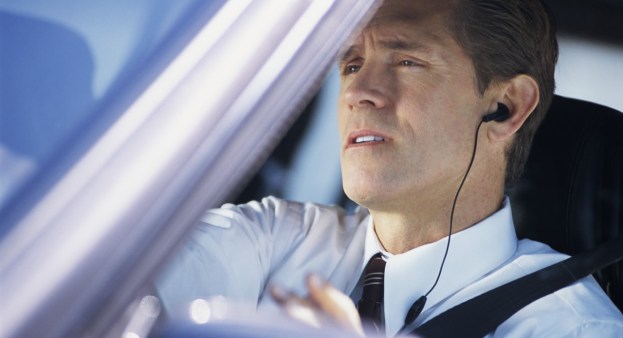
In a study released by the Governors Highway Safety Association and funded by State Farm, researchers found no conclusive evidence that links hands-free cell phone usage to lowered risk of traffic accidents. Any usage of cell phones while driving increased the risk of getting into an accident, and texting while driving further increased that risk. Sixty-six percent of the participants in the study reported using a cell phone while driving occasionally, while a third of all participants reported using a phone consistently while behind the wheel. More than 12 percent of the group claimed to send text messages while driving.

The study goes on to encourage education and official policy development with employers that provide company cell phones to employees. States are encouraged to study the impact of hands-free cell phone usage if they have a ban in place already. States that don’t have a cell phone ban in place are recommended to wait on passing a new law until any evidence is found on hands-free usage lowering accident rates. The National Highway Traffic Safety Administration reports that distracted driving resulted in 16 percent of all traffic fatalities in 2009. That amounts to 5,500 deaths as well as 500,000 injuries from distracted driving crashes.


